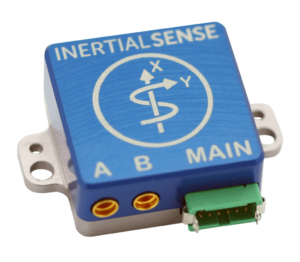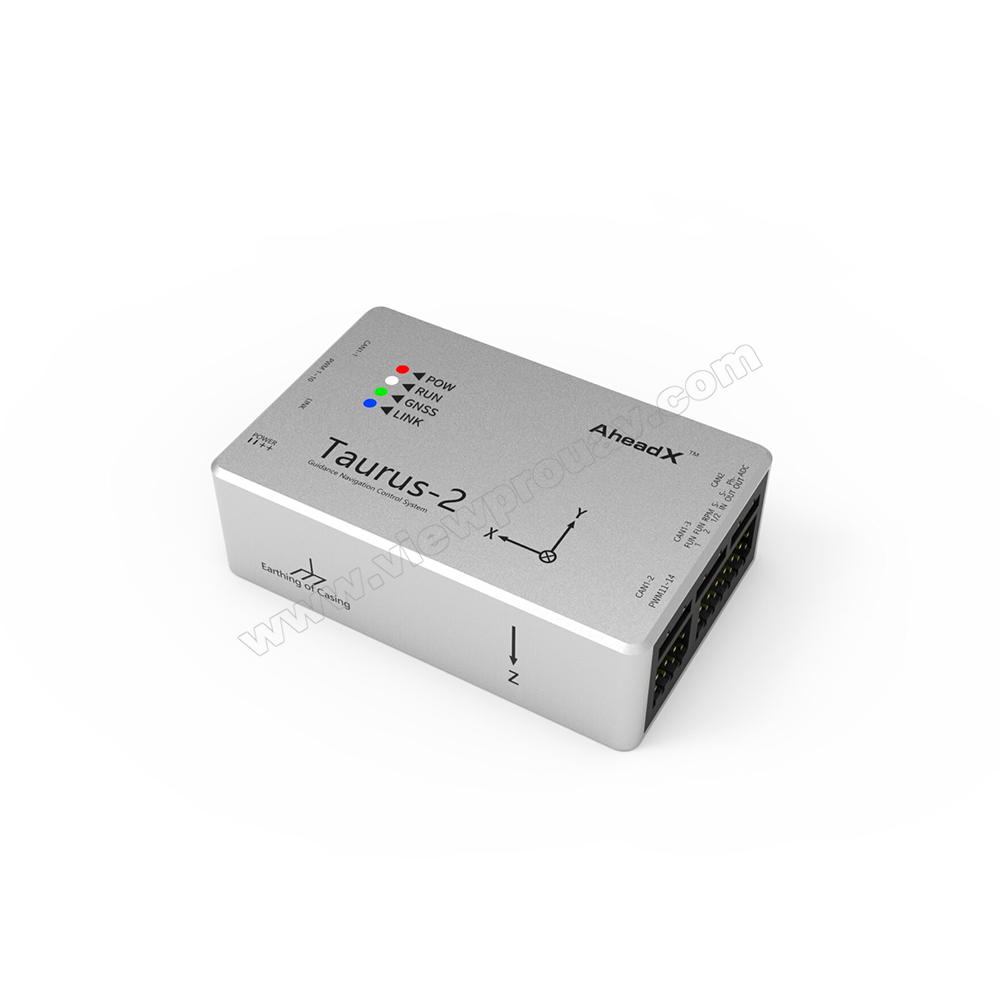Trusted Drone Navigating with SparkNavi Drone Flight Controller and GNSS/INS Made in Taiwan
Trusted Drone Navigating with SparkNavi Drone Flight Controller and GNSS/INS Made in Taiwan
Blog Article
Exploring the Function of Drone Flight Controllers in Enhancing Flight Stability and Navigation Effectiveness
The advancement of drone technology has actually dramatically raised the relevance of flight controllers, which function as the brain of these airborne automobiles. By integrating real-time information from a variety of sensors, flight controllers improve flight stability and navigating efficiency, ensuring that drones can run efficiently even in complex settings. This conversation will explore the essential elements that add to these improvements, in addition to the implications for the future of independent trip. What advancements lie in advance that could better transform the capabilities of drone flight controllers?

Comprehending Trip Controllers
Trip controllers are integral components in the functioning of drones, working as the minds that stabilize and take care of flight operations. These advanced gadgets procedure data from various sensors, consisting of accelerometers, gyroscopes, and GPS, to guarantee that the drone preserves its desired flight path. The flight controller interprets this data and implements commands based on pre-defined algorithms, making it possible for the drone to react to ecological adjustments, such as wind or obstacles.
The main feature of a flight controller is to maintain stability throughout flight. It achieves this by making real-time changes to the drone's motors and control surfaces, making sure equilibrium and control. Furthermore, contemporary trip controllers incorporate sophisticated attributes such as waypoint navigating, enabling automated trip courses and improved operational performance.
Understanding the style of trip controllers is essential for both experts and hobbyists. As technology advances, trip controllers have ended up being more compact and capable, integrating artificial knowledge to enhance decision-making processes and adjust to intricate trip circumstances.
Trick Components of Trip Stability
Achieving optimal trip stability in drones depends on numerous crucial elements that work in show to ensure smooth and regulated procedures. Central to this security is the trip controller itself, which refines data from different sensors to keep the desired trip mindset. This includes accelerometers and gyroscopes that measure movement and positioning, enabling for real-time modifications to the drone's position.
One more essential element is the digital rate controllers (ESCs), which regulate the power supplied to the motors. By finely tuning motor speeds in reaction to flight controller commands, ESCs help preserve balance and counteract disturbances brought on by wind or sudden activities.
Furthermore, the layout of the drone's frame plays a pivotal role in flight security. A well-structured frame decreases resonances and enhances the overall wind resistant profile, adding to smoother flight features. The assimilation of innovative formulas within the trip controller help in anticipating modifications, making sure a responsive and adaptable trip experience.
Together, these parts develop a cohesive system that improves a drone's stability, enabling for accurate maneuvering and boosted efficiency in numerous flight conditions.
Navigation Efficiency Methods
Effectiveness in navigation is vital for optimizing drone procedures, especially in intricate environments. Effective navigating methods boost the capacity of drones to pass through difficult terrains and prevent barriers, therefore boosting operational performance and security.
One noticeable strategy is the execution of sophisticated general practitioners and inertial dimension systems (IMUs) that offer specific location monitoring and alignment data. These innovations enable drones to determine optimal trip paths in real-time, thinking about numerous elements such as wind problems and prospective obstacles.
One more technique includes using formulas for course planning and optimization. Formulas such as A * and Dijkstra's algorithm can be deployed to establish one of the most efficient route while reducing energy usage and trip time. Incorporating maker knowing versions can enable drones to adaptively find out from their settings, boosting navigating capacities through experience.

Effect on Autonomous Drones
The combination of advanced navigation techniques has actually profoundly changed the abilities of self-governing drones, enabling them to operate with better autonomy and precision. SparkNavi drone flight controller and GNSS/INS made in taiwan. These improvements are primarily associated to innovative trip controllers that use real-time information handling and sensor fusion, enabling drones to navigate complex settings seamlessly
The influence on independent drones extends beyond mere navigation; it includes enhanced challenge avoidance, improved security throughout dynamic conditions, and increased objective integrity. By leveraging algorithms that incorporate maker discovering and expert system, drones can adapt to altering scenarios, making educated choices that optimize their flight paths while decreasing dangers.
Additionally, the execution of robust flight controllers has assisted in the implementation of complicated tasks, such as aerial inspections, delivery solutions, and agricultural monitoring, with very little human intervention. This ability not only enhances procedures however likewise lowers human mistake, consequently enhancing total safety.
As an outcome, the operational extent of autonomous drones has expanded dramatically, making them vital tools in various markets. Their capability to do efficiently in varied circumstances underscores the crucial duty that advanced flight controllers play in shaping the future of unmanned aerial systems.
Future Trends in Flight Control
Regularly, innovations in flight control modern technology are positioned to redefine the landscape of drone operations in the coming years. Arising patterns show a substantial shift towards boosted expert system (AI) integration, making it look at this website possible for trip controllers to process real-time information a lot more effectively. This advancement will certainly help with improved decision-making abilities, permitting drones to adjust to dynamic environmental conditions autonomously.
Additionally, the implementation of artificial intelligence algorithms is anticipated to improve predictive maintenance, consequently minimizing downtime and expanding the lifecycle of drone elements. This proactive strategy to upkeep will certainly be essential as drone applications increase throughout various industries, from farming to logistics.

.png)
Last but not our website least, developments in safe communication procedures will certainly deal with security and governing problems, making sure that drones can run flawlessly in busy airspaces (SparkNavi drone flight controller and GNSS/INS made in taiwan). Collectively, these patterns direct in the direction of a future where flight control systems are not just smarter and more effective however likewise qualified of running safely in a progressively incorporated airspace
Verdict
To conclude, drone flight controllers are important to enhancing flight security and navigation efficiency with the innovative processing of sensing unit data. By maintaining optimal trip mindsets and using sophisticated formulas for path optimization and barrier evasion, these controllers significantly add to the autonomy and functional security of drones. As modern technology proceeds to develop, better improvements in trip control systems are prepared for, guaranteeing enhanced efficiency and increased capacities in the realm of unmanned airborne cars.
By incorporating real-time information from a selection of sensing units, trip controllers improve flight security and navigation effectiveness, guaranteeing that drones can run efficiently even in intricate environments.Flight controllers are integral elements in the functioning of drones, offering as the brains that take care of and maintain trip procedures. Furthermore, modern trip controllers integrate advanced attributes such as waypoint navigation, enabling for click now automated trip paths and enhanced functional effectiveness.
Central to this security is the trip controller itself, which refines information from various sensors to keep the wanted flight attitude.In verdict, drone trip controllers are important to enhancing flight stability and navigating effectiveness via the advanced handling of sensing unit data.
Report this page